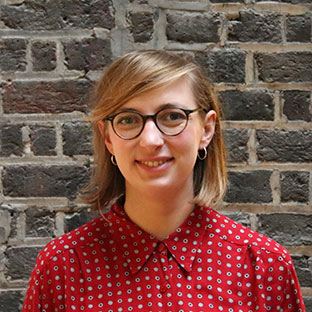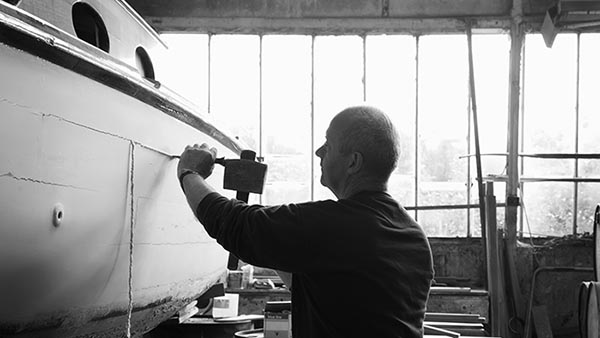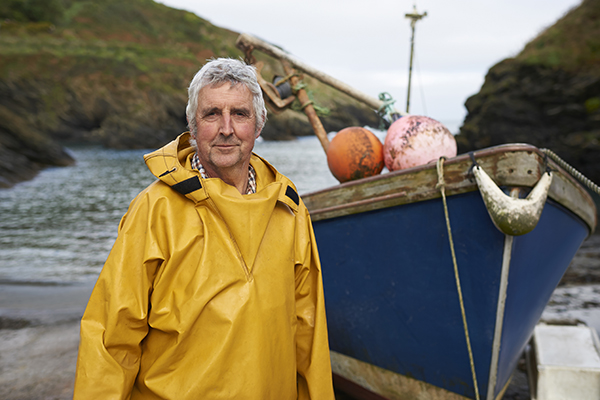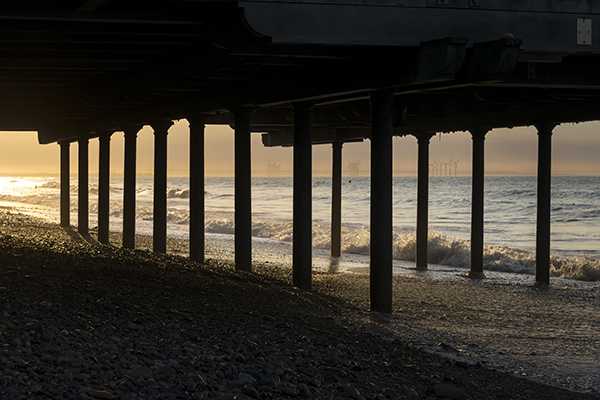2020 has highlighted three key things about inequality:
- Covid-19 has shown the huge impact social, economic and environmental inequalities can have on people’s lives and health
- Black Lives Matter has highlighted the historic origins of inequality and how dominant heritage narratives obscure past and present realities
- The economic impact of lockdown has demonstrated how many people our economy excludes
It is clearer than ever that we need more holistic approaches to respond to the period of economic distress we are entering into as a result of the pandemic. This will be essential to rebuilding a more resilient, sustainable and inclusive future.
At the RSA, we have long argued for inclusive growth as a more equitable and sustainable alternative to the existing economic model.
Produced in partnership with the British Council, our new report Heritage for Inclusive Growth argues that heritage for inclusive growth can shape locally-led responses to the challenges of Covid-19 and BLM.
Heritage has an important role to play in building back more inclusive local economies, communities and identities.
Heritage and Inclusive Growth in action
Heritage policymaking and economic policymaking have usually taken place separately. This is a big missed opportunity.
Heritage for inclusive growth addresses social, economic and environmental inequalities as well as recognising the cultural, symbolic and emotional factors which inform our individual and collective identities and experiences.
Recent decades have seen the heritage sector shift away from a narrower focus on collections and conservation towards the range of social, economic and environmental benefits that heritage can bring.
But heritage and economic development policy-making and practice have traditionally taken place separately.
To demonstrate the importance of this missed opportunity, the report provides an ecosystem model outlining the relationships between heritage, place and inclusive growth.
To show how it can be done in practice, there are also 8 examples of heritage for inclusive growth in action from across the UK:
- The New Anglia Local Economic Partnership is using heritage activities, not just physical assets, to benefit the local area – supporting projects like the Collaboration: Place: Change leadership programme & the Deep History Coast in North Norfolk, encouraging coastal walks.
- In Dundee, investing in culture has paid off. Venues like the V&A Dundee have worked in collaboration with each other & the local community. Making sure everyone feels redevelopment is ‘theirs’ & they feel pride in the city.
- In Mid & East Antrim in Northern Ireland the ‘Shaped by Industry, Shared with Pride’ project brought immersive theatre performances to industrial history locations. This example shows the value of centring local communities in sustainable tourism, and of local authority heritage officers working within an economic development remit.
- St Fagan's Musuem focuses on ‘ordinary lives’ throughout Welsh history. They have worked to make sure their redevelopment volunteers reflect Cardiff’s diversity. They also ensured construction work had a strong local supply chain to support their community.
- Don’t Settle help young people of colour to change the voice of heritage in the West Midlands. For example, working with museum curators to tell previously untold stories, supported by Birmingham City University research.
- Welsh Streets in Liverpool, Ringo Starr’s birthplace, were set for demolition. The community saved this historic area by making their voice heard. Refurbishment was led by Place First, who focused on high-quality housing for local people.
- Growth Lancashire is a public-private partnership that supports local government work on heritage & conservation. For example, the redevelopment of Brierfield Mill, an 1832 cotton mill, into Northlight – homes, offices, business support, sports pitches & soft play.
- In Margate, we saw the impact of the National Lottery Heritage Fund Townscape Heritage Initiative, which repairs historic buildings. It reduced vacant buildings from 31 to 4, restoring pride in the area (including turning a hotel into an energy efficient family home.)
Crucially, these examples are specific to local places. They can’t just be copied, but we hope they can inspire.
Read the report to read the full case studies.
Heritage and Identity
Today, the heritage sector is central to debates about problematic historic monuments such as that about the Colston statue in Bristol, the repatriation of cultural artefacts.
At the same time, new practices such as rapid response collecting show how heritage can engage with contemporary events, and co-produce new knowledge and heritage narratives with more diverse communities and perspectives.
Heritage enables us to grapple with challenging questions about individual and collective identity. How do we relate to where we live? How is this shaped by historical legacies and heritages? And how have these impacted present day lives, places and inequalities?
A failure to address issues of identity and place in policymaking lay at the heart of the polarisation in society and public discourse in recent years. Whether that be the sense that some places and communities had been ‘left behind’, calls to ‘take back control’ in the run up to the Brexit vote, or divisive rhetoric about immigration.
Heritage for inclusive growth can provide a more nuanced, holistic and emotionally intelligent lens to policy making, strategy setting and intervention design.
At a time when we are collectively asking fundamental questions about how we want to live and what we value as a society, there is also little desire among the public to return to the status quo.
Local communities and decision makers are now thinking about how to rebuild post-Covid and how to respond to the BLM movement.
By delivering equitable socio-economic and environmental outcomes, and building more inclusive place-based identities, heritage for inclusive growth is an approach whose time has come.
Read Heritage for Inclusive Growth
Related articles
-
Pride in place: unlocking every area's potential
Hannah Webster
How our local heritage can create a better future.
-
The blank page approach to cultural heritage
Stephen Stenning
The best way of protecting heritage isn't locking it away. Stephen Stenning on creating a people-centred heritage sector by re-thinking our old assumptions.
-
What does heritage mean to you?
Becca Antink
The RSA is working on how heritage can improve lives in local places. Here are our stories of what heritage means to us - what are yours?




Join the discussion
Comments
Please login to post a comment or reply
Don't have an account? Click here to register.
I see your focus was heritage and place as a joint set of keys for identity and inclusiveness today. But identities and places etc change over time and if we are are not careful will be destroyed (or at least negatively impacted) by climate change in the coming 10-20 years. Are you evaluating ways to build on heritage, place, and identity to counter/adapt to such effects? If so, how, particularly at a local level?